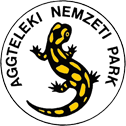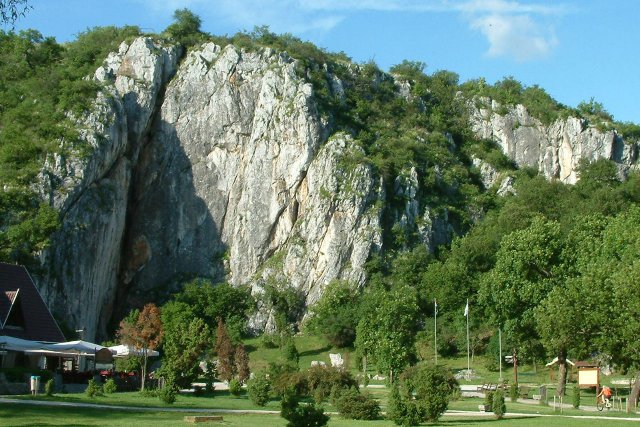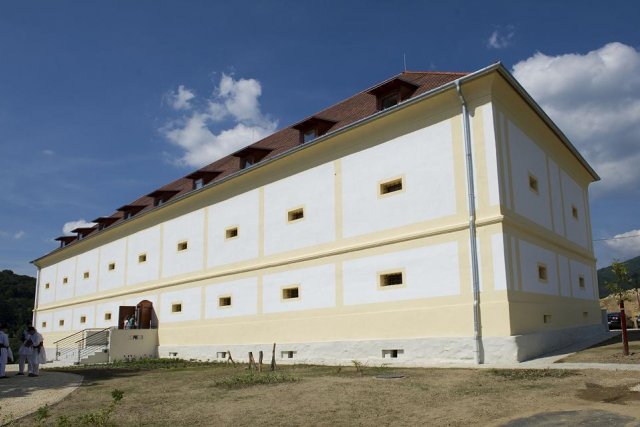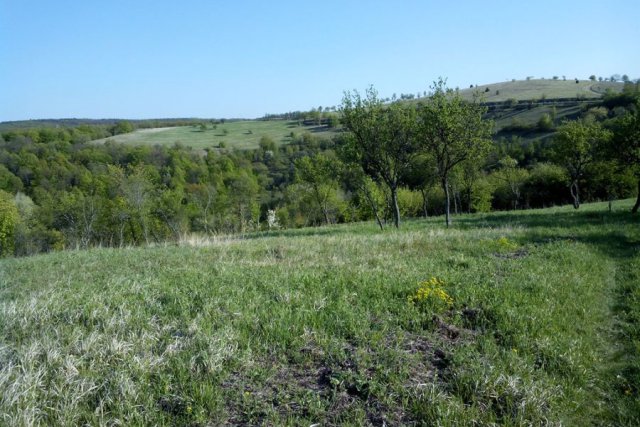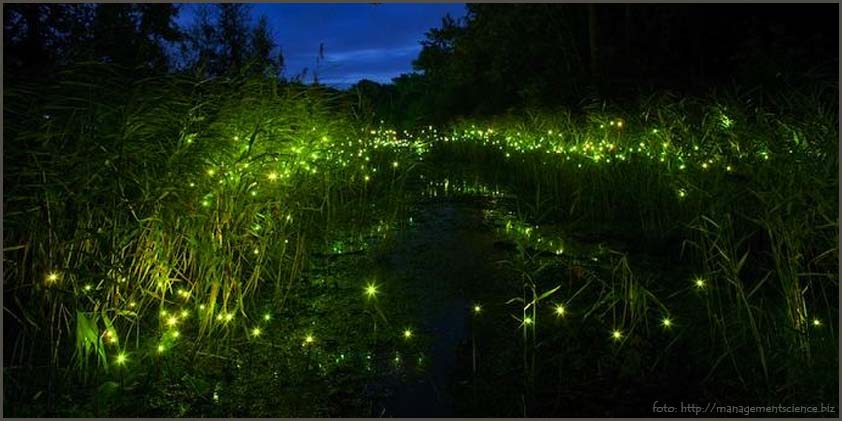
UNESCO, drawing attention to the importance of the role of light in our lives, has chosen the 2015 Year of the Light. It is only appropriate then that the large firefly has been chosen as 2015’s Insect of the Year.
Whoever ventures out on summer nights to the edges of the forest, or walks through the meadows at dusk is sure to see small greenish-white points of light in the grass. The flying males of the species are looking for exactly this sign from the wingless, flightless females. Once they find each other, and following a short honeymoon the male dies. After the female deposits her eggs, she does not survive much longer. The emerging larvae feed on snails. They also shine brightly but for a reason other than the adults. The young fireflies warn off predators with their luminescence.
The illumination originates in a gland located in the insect’s abdomen and is caused by the oxidation of an enzyme called luciferin. The intensity of the light is regulated by the amount of oxygen allowed to mix with the enzyme. The light produced is called “cold light” because 90% of the energy used in the process goes directly into illumination and the rest into heat. Normal incandescent light bulbs on the other hand use energy mush less efficiently, devoting only 4% to light production with the rest being lost to heat.
Whereas the tropical firefly manipulates the intensity and frequency of the flashes, the big firefly emits steadily.
The small, vivid lights in the darkness have long attracted human attention. In Hungarian, the beetle has been linked with Saint John (patron saint of fire-fighters) and Saint Ivan’s Day (June 24, Midsummer Night) on the summer solstice when firefly activity is around its peak.
European belief claims that the lights represent the departed souls of the dead, forever burning bright; or indicates buried treasure; or more simply, hope in the darkness.
